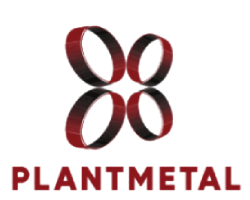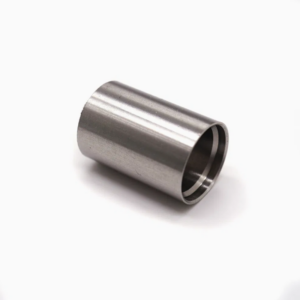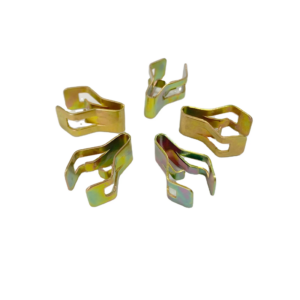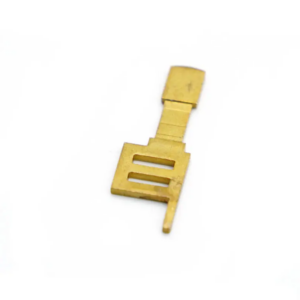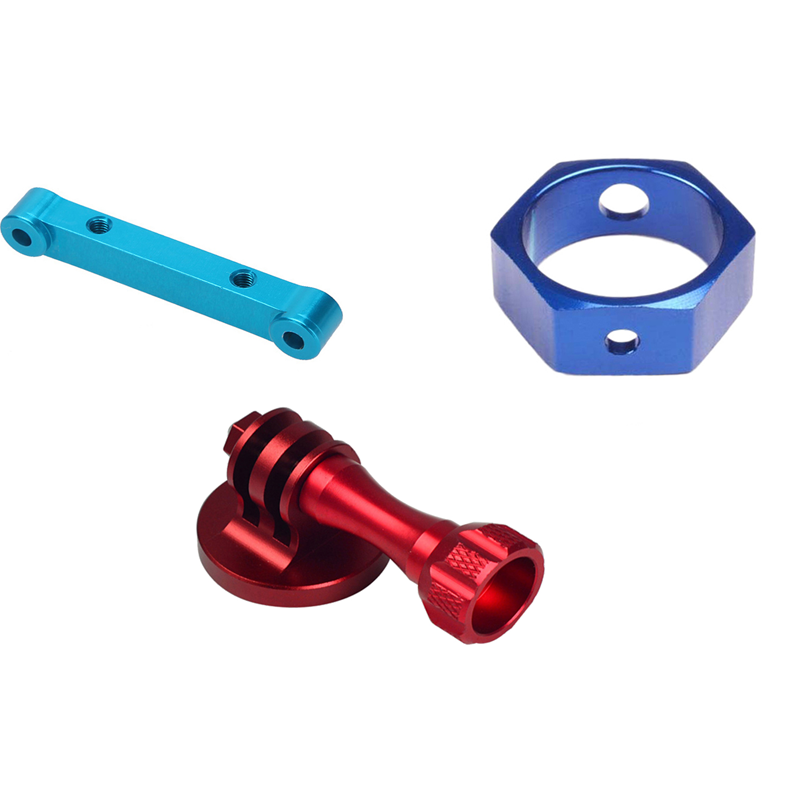Have you ever held a freshly machined part in your hand and wondered why its surface looks the way it does, or what it will take to get that glass-like shine you’ve been dreaming of? At Plantmetal, we know that choosing the right surface finish isn’t just about aesthetics—it’s about performance, longevity, and delivering on your exact specifications. In this blog post, we’ll break down everything you need to know about surface finishes in CNC machining, explain how the “as-machined” finish differs from secondary treatments, and guide you through selecting the perfect process for your parts, whether they’re destined for a polished consumer device or a rugged industrial application.
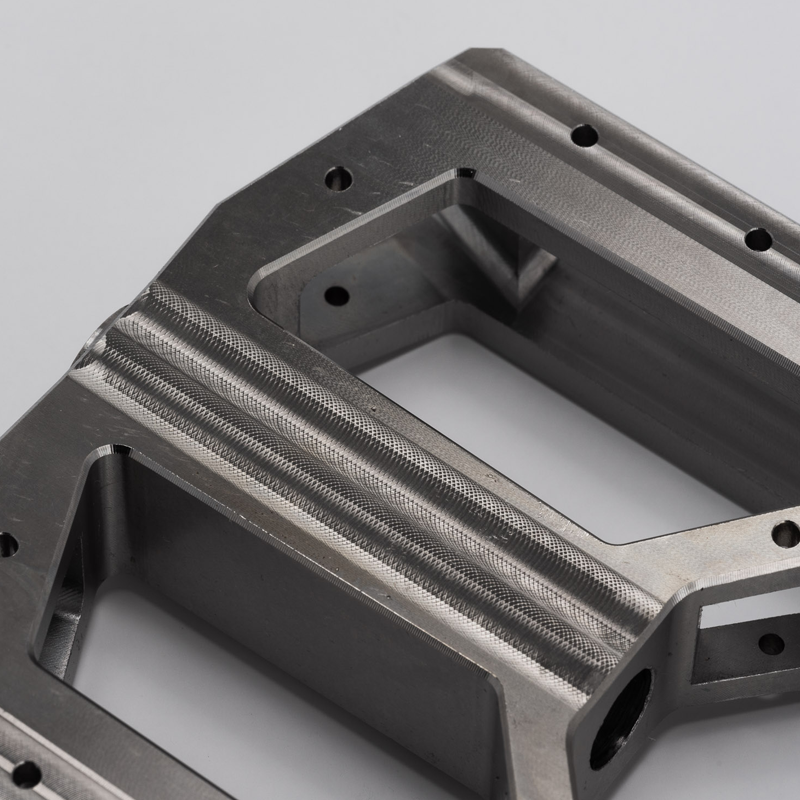
What Exactly Is Surface Finish?
When you hear “surface finish,” think of it as the combined story of how a part looks, feels, and performs once it leaves the machining center. It encompasses:
– Texture: The microscopic peaks and valleys left behind by cutting tools.
– Appearance: The visual attributes—shine, color, and uniformity.
– Feel: How smooth or tactile the surface is to the touch.
In practical terms, surface finish influences friction and wear, corrosion resistance, paint or coating adhesion, and the overall look of the final product. A part that comes straight off a CNC mill or lathe carries what we call the as-machined finish. At Plantmetal, our default as-machined texture is 125 Ra (Roughness Average) microinches or better—a reliable baseline for many functional components. But in many cases, we’ll go beyond that to hit tighter tolerances or deliver enhanced protection and aesthetics.

Why Surface Finish Matters for Your Application
Selecting the right finish isn’t a one-size-fits-all decision. It must align with:
– Functional Requirements: Will this part be sliding against another? Does it need a wear-resistant layer?
– Environmental Exposures: Will it face moisture, chemicals, or extreme temperatures?
– Aesthetic Goals: Is a mirror polish or a matte texture required for your brand’s look?
– Budget Constraints: How much are you willing to invest in secondary processes?
Getting it wrong can cost you in rework, shortened component life, or an unconvincing product look. By understanding the base (as-machined) surface and the available secondary options, you’ll know exactly which treatment to request on your drawing or purchase order.
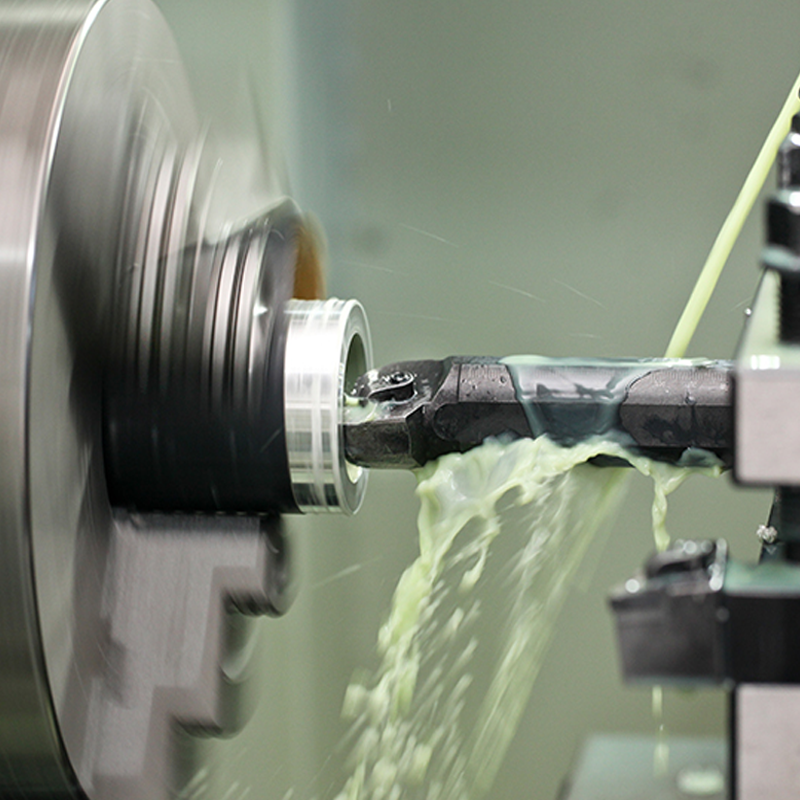
Common Secondary Surface Finishing Techniques
Plantmetal offers over 50 different finishing options. Below are the four pillars we rely on most—each tailored to specific needs:
-
Polissage
What It Is: Abrasive media or buffing wheels remove surface irregularities to leave behind a smooth, reflective finish.
Primary Benefits: Highest level of shine and smoothness; reduces friction.
Best For: Decorative metal parts, consumer products, sliding mechanisms.
Considerations: Minimal added protection; prone to scratches; may need frequent maintenance if used in harsh environments.
-
Anodizing (Aluminum Only)
What It Is: An electrochemical process that thickens the natural oxide layer on aluminum, creating a hard, protective barrier.
Primary Benefits: Excellent corrosion and wear resistance; available in a spectrum of dyes.
Best For: Aluminum housings, architectural components, outdoor fixtures.
Considerations: Slight dimensional change (typically 0.0001–0.001″); limited to aluminum, titanium, and a few other metals.
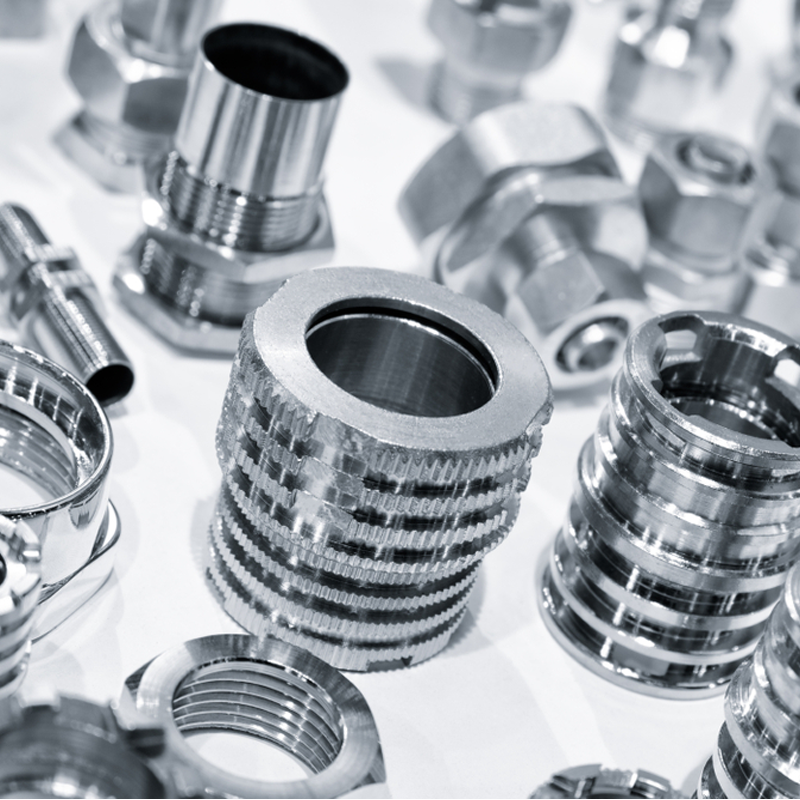
-
Plating (Nickel, Chrome, Zinc, etc.)
What It Is: Depositing a thin layer of metal onto a substrate via electroplating or electroless methods.
Primary Benefits: Tailored properties—zinc for corrosion resistance, nickel for hardness and aesthetic brilliance, chrome for extreme hardness and mirror finish.
Best For: Automotive hardware, wear parts, decorative accents.
Considerations: Adhesion is critical; plating thickness and uniformity must be tightly controlled.
-
Revêtement en poudre
What It Is: Electrostatic application of dry powder paint, cured under heat to form a continuous film.
Primary Benefits: Durable, chemical-resistant coating; available in any RAL color; textured and matte options.
Best For: Outdoor machinery, consumer appliances, signage.
Considerations: Thicker layer (0.03–0.10″) may affect tight tolerances; requires heat—unsuitable for heat-sensitive parts.
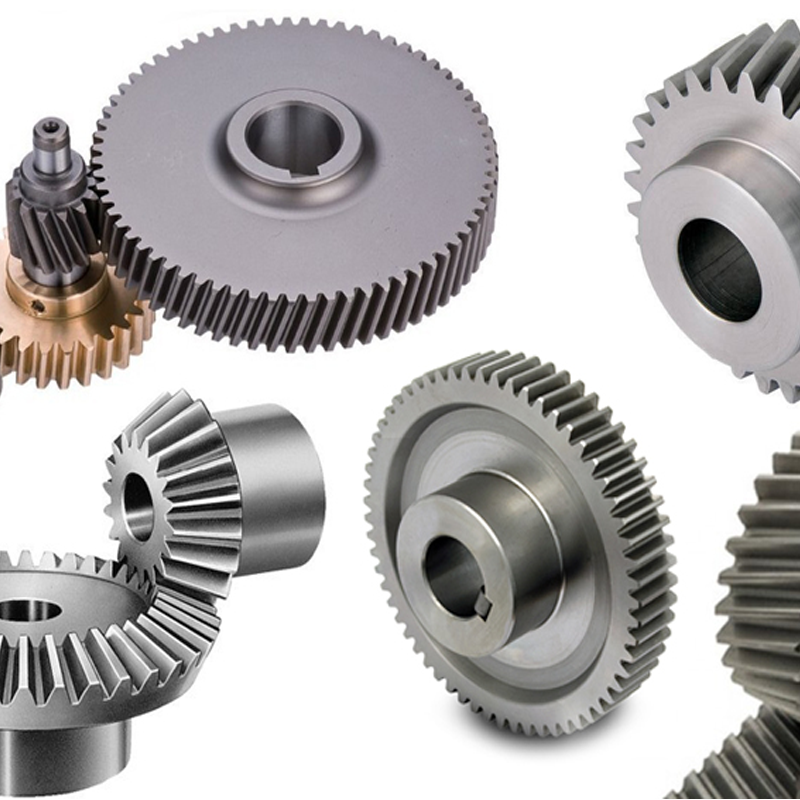
Quick Comparative Snapshot
| Method | Primary Benefit | Ideal Applications | Key Considerations |
| Polissage | Ultra-smooth, high gloss | Consumer goods, friction parts | Little protection, scratch-prone |
| Anodisation | Corrosion/wear resistance (Al) | Outdoor, aerospace, electronics | Dimensional shifts, limited metals |
| Placage | Custom properties, finish | Automotive, tooling, decor | Adhesion control, process complexity |
| Revêtement en poudre | Durability, color variety | Outdoor furniture, appliances | Coating thickness, heat curing |
The “As-Machined” Surface: Your Starting Point
Before we dive into post-processing, let’s examine the natural finish left by CNC operations:
– Milling leaves parallel tool-path patterns.
– Turning produces concentric rings from the lathe’s rotation.
– Grinding can achieve sub-25 Ra finishes before any polishing.
At Plantmetal, we carefully monitor:
- Tool Geometry & Sharpness: Dull tools tear rather than shear, creating rough finishes.
- Cutting Parameters: Feed rate, spindle speed, and depth of cut. Slower feeds and lighter depths yield finer textures.
- Machine Rigidity: Well-maintained, vibration-free setups are non-negotiable for premium finishes.
- Coolant & Lubrication: Essential for chip evacuation, heat control, and lubricity.
- Material Characteristics: Some aluminum alloys and stainless steels are naturally more amenable to smooth machining.
Understanding this baseline helps determine whether the part can ship as-is or if it needs a polishing or protective coating.

Strategies to Improve Your As-Machined Finish
Sometimes you want the smoothest possible finish right off the machine—here’s how we achieve it:
- Premium Cutting Tools: We select inserts and end mills with optimized nose radii and coatings for each alloy.
- Optimized Speeds & Feeds: Our engineers program dedicated finishing passes with feed rates up to 50% slower than roughing cuts.
- Reduced Depth of Cut: Final passes at light depths (often under 0.005″) minimize surface peaks.
- Vibration Control: Custom fixturing and regular machine calibration eliminate chatter.
- High-Performance Coolants: Precise coolant flow and filtration keep cutting zones cool and chip-free.
By dialing in these variables, we often achieve 32 Ra or better on materials that might normally sit at 125 Ra—saving you time and money on secondary polish or grinding.
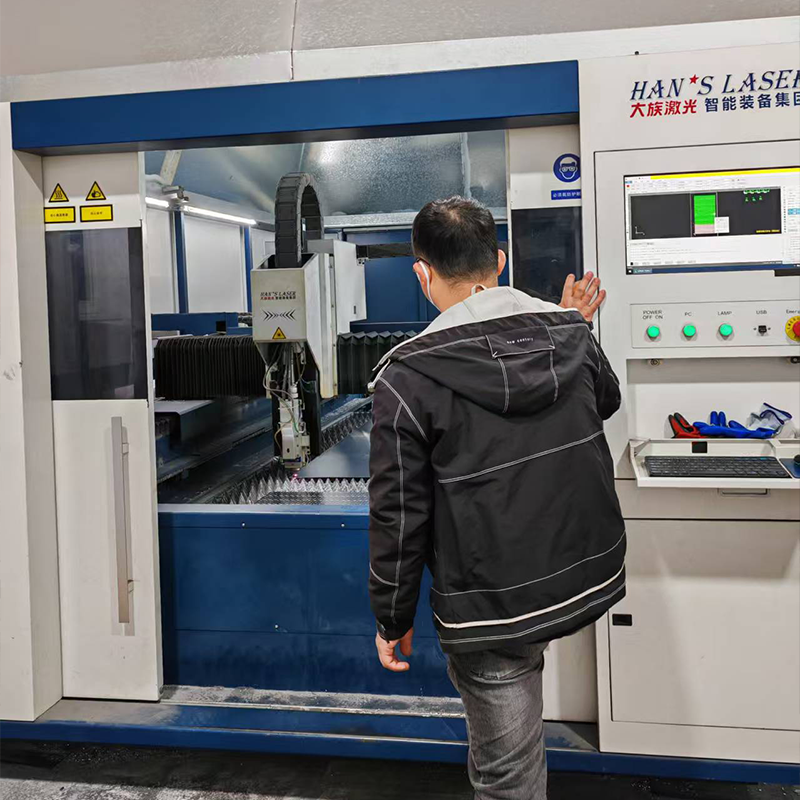
Communicating Your Requirement: The Key to Success
Even the best shop can miss the mark without clear instructions. When you place an order with Plantmetal, be sure to:
– Specify Ra Value: Don’t guess—tell us the exact micro-inch target.
– Call Out Secondary Finishes: Label your drawing: “Anodize per MIL-A-8625, Type II, Class 2” or “Polish to 8–12 Ra”.
– Discuss Dimensional Impacts: If you need tight tolerances, ask about finish allowances up front.
– Engage Early: Our applications engineers are here to collaborate on feasibility, cost, and delivery.
Conclusion
At Plantmetal, we believe that the perfect surface finish is more than skin-deep. It’s the culmination of skilled machining, precision engineering, and the right post-processing treatment—all driven by clear communication and expert guidance. Whether you need a weather-proof powder coat, a dazzling mirror polish, or a tough anodized layer, our team is ready to partner with you to make sure your parts look great, perform flawlessly, and meet your budget.
Ready to discuss your next project? Reach out to our surface finishing specialists today—we’re here to answer your questions, provide cost comparisons, and ensure you get exactly the finish you need. Let’s work together to elevate your parts from “just machined” to “absolutely finished.”
